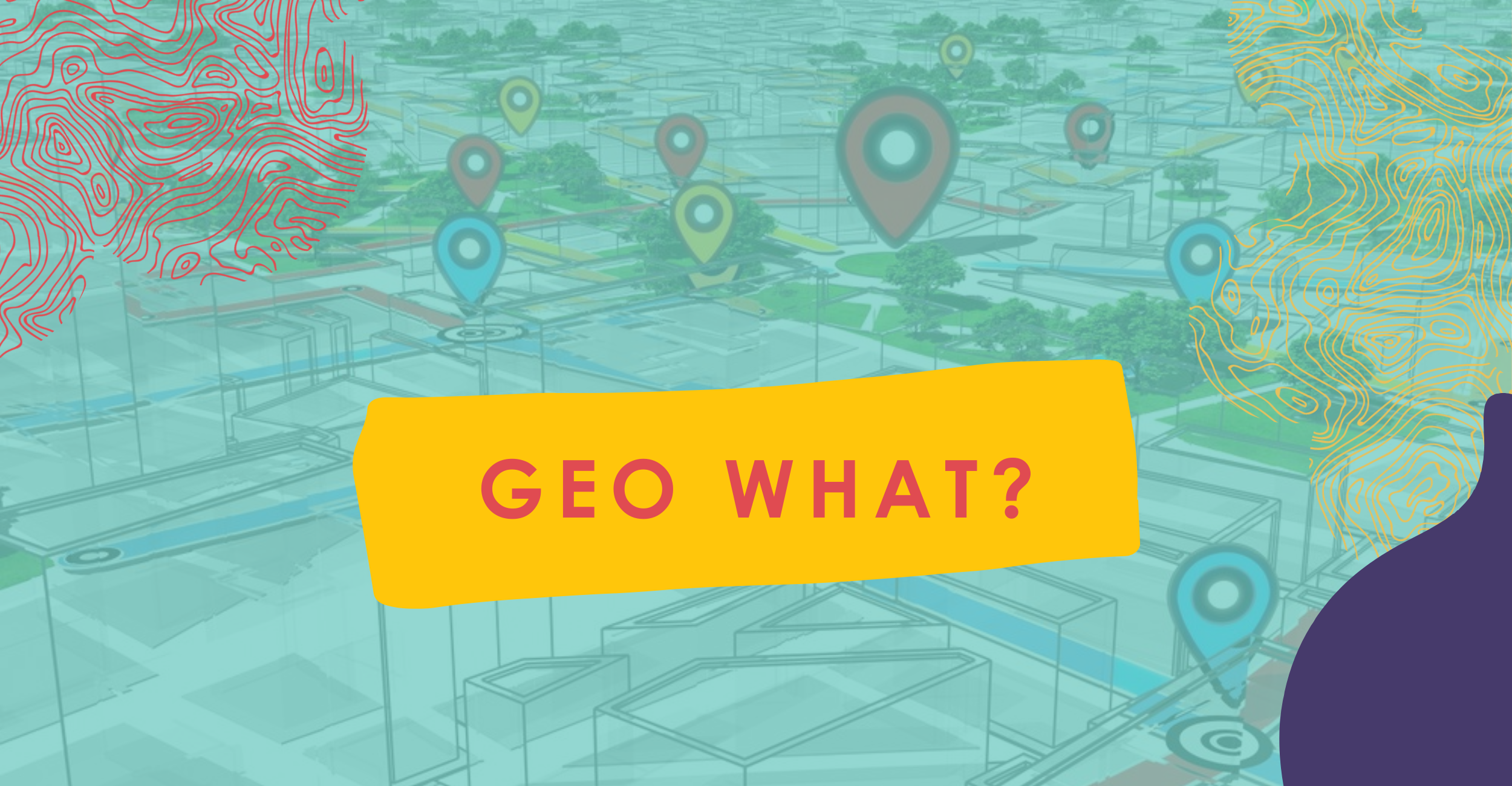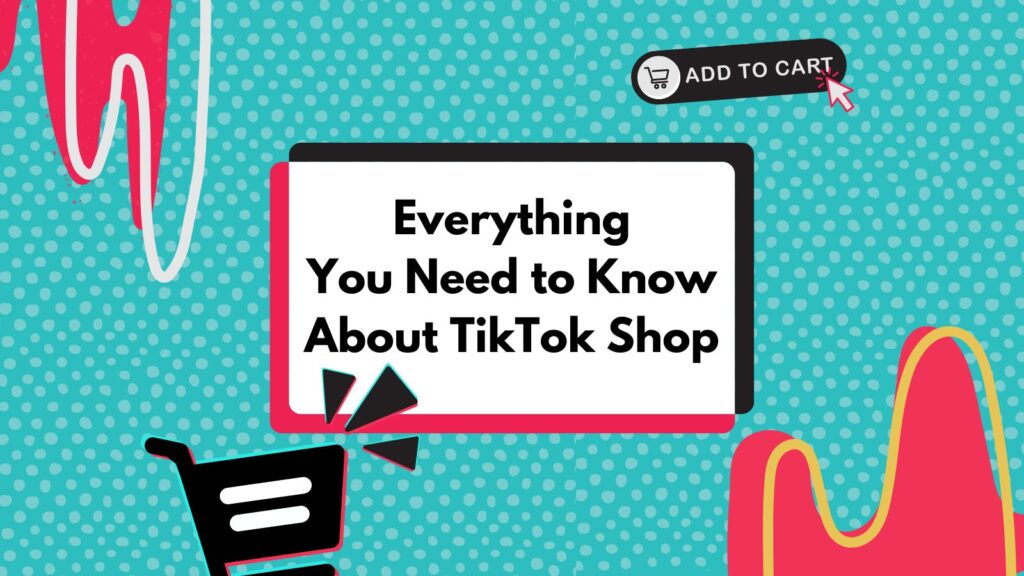There seems to be some confusion on the “geos,” as we like to call them. Geofencing and geotargeting are often used interchangeably and it’s confusing the hell out of people. We have launched multiple location-based campaigns and it is important to understand the difference between the two geos.
Geofencing is a form of location-based advertising, where any time a potential customer enters a geographically designated area (called a ‘geofence’), a specific advertisement is served on their mobile device. For example, a customer walking in proximity to a Starbucks may receive an advertisement on a featured latte when they are within a defined distance from the location.
Geotargeting is a type of advertising that uses location data to reach consumers with messaging appropriate to their locality and behavior.
In other words one is location-based and one is location and behavior.
Let us break it down even more:
Geofencing:
- Target a hyper-specific area
- Deliver relevant media
- Eliminate waste by targeting specific areas
- Reach customers in real-time
Geotargeting:
- Target ads to people who have visited a category, brand or location within a certain time period.
- Use behavioral targeting by including data on both demographics and visitation.
- Create custom audiences by including data on consumer shopping and other behavior.
While there is confusion around the terms, what is not in doubt is the effectiveness of the geos. In the US alone, 81% of people own a smartphone, and the percentage is even higher for young consumers. In the millennial demographic, 94% own a smartphone, and spend more time using those devices than they do watching television.
According to GroundTruth, using location data is proven to make marketing campaigns 80% more effective. If you know where potential customers hang out, it’s easy to show them the right promotions at the right time.
Find out how this uber creepy but highly effective marketing tactic can work for you, shoot us an email.









